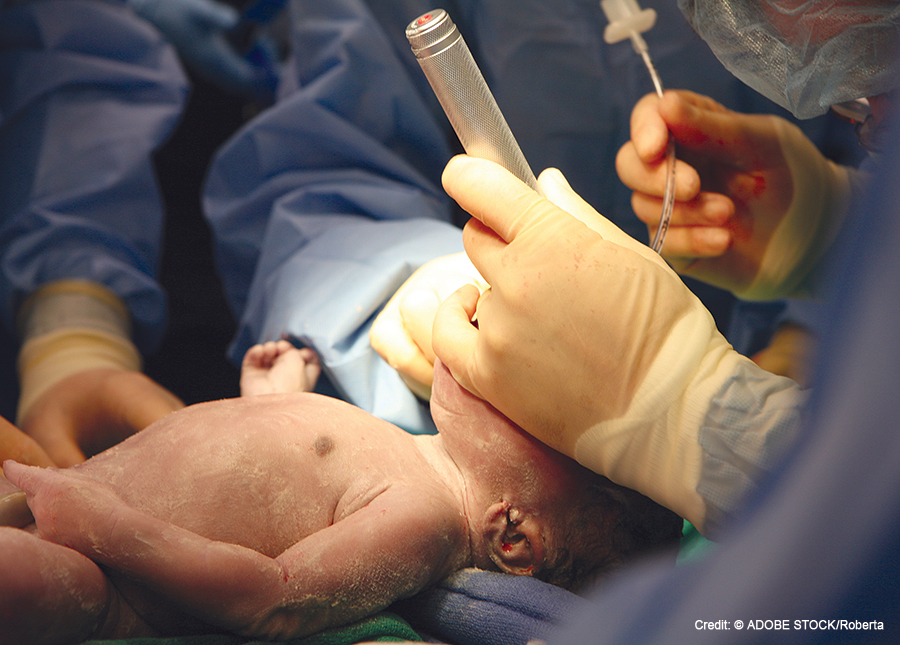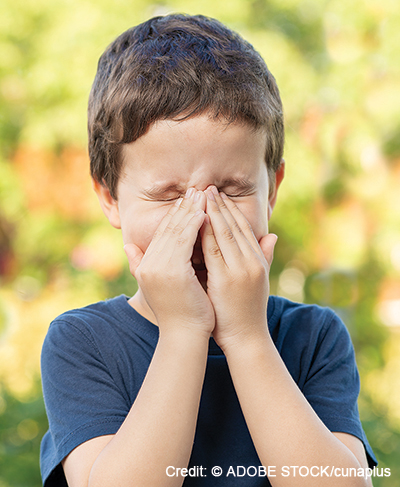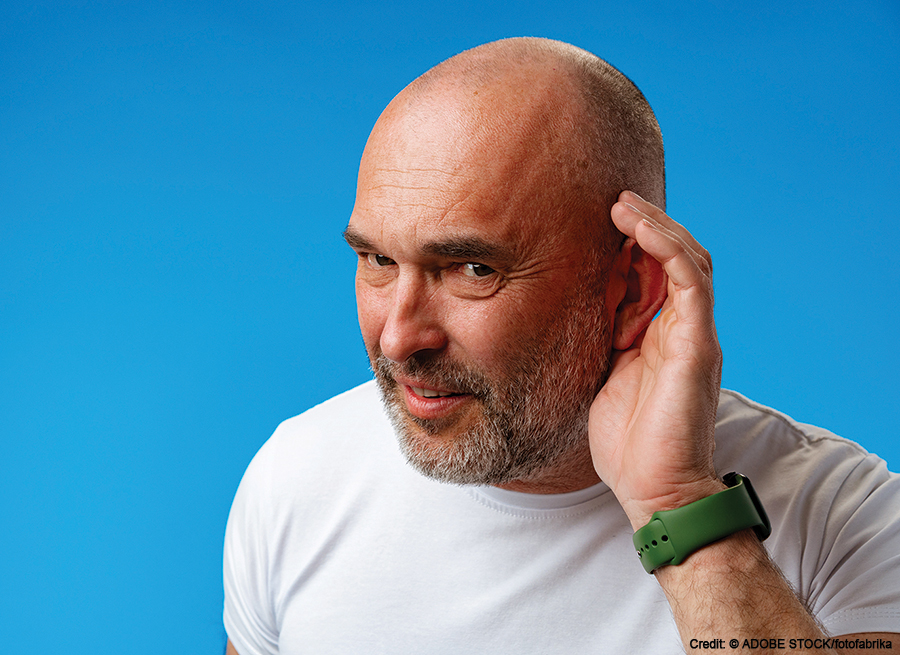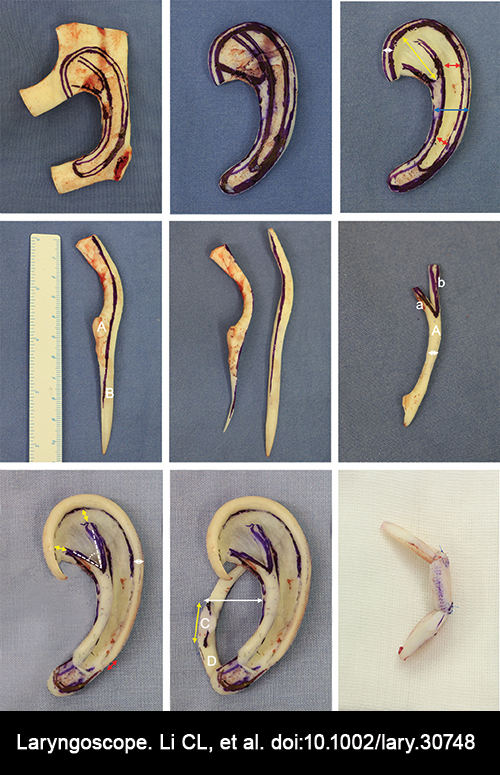Avoiding radiation therapy for human papillomavirus virus−associated oropharyngeal squamous cell carcinoma (HPV-OPSCC) can help quality of life for younger patients.

Video Laryngoscopy Improved Chance of Successful Intubation in Neonates
Using a video laryngoscope, versus direct laryngoscopy, when intubating infants can increase the odds of a successful intubation on the first attempt

Antibiotics Effective for Acute Sinusitis in Kids, but Observational Approach Also Acceptable
A recent meta-analysis of six pediatric sinusitis studies demonstrated that antibiotics are effective in treating sinusitis in children

New Clinical Guideline on Age-related Hearing Loss Released
The American Academy of Otolaryngology–Head and Neck Surgery Foundation has published a new guideline for age-related hearing loss

Objective Testing for Patients with Suspected Laryngopharyngeal Reflux Requires a More Specific Approach
Objective testing for patients with suspected LPR is indicated if the patient presents with typical alarm symptoms, after empiric treatment fails to improve symptoms, or to ensure the need for long-term therapy or surgical interventions.

Performance Impact of Cochlear Implant Electrode Array Length
Cochlear implant (CI) surgeons are faced with the increasingly difficult task of choosing the “right” device despite a growing number of choices and conflicting evidence regarding the relative importance of various anatomic, surgical, and device-specific factors.

How To: Surgical Considerations for an Osseointegrated Steady State Implant (OSIA2) in Children
The osseointegrated steady state implant 2 (OSIA2) system was developed to provide hearing through bone conduction while avoiding complications previously reported in children using percutaneous devices.

How To: Quantitative Framework Fabrication with Autogenous Costal Cartilage in Microtia Reconstruction
This study presents one quantitative framework fabrication technique that saves the use of cartilage and obtains sufficient concha space for canalplasty, achieving satisfactory aesthetic results with few complications.
Intranasal Cryoablation Associated with Positive Outcomes for Management of Refractory Allergic and Non-Allergic Rhinitis
Subjective symptom scores related to rhinitis, particularly for rhinorrhea and congestion, decrease after cryoablation of the posterior nasal nerve, with better long-term efficacy in NAR than in AR.
Authors Urge Caution with Dupilumab as First-Line Therapy in Patients with Chronic Rhinosinusitis with Nasal Polyposis
Caution should be used when considering biologics such as dupilumab as a first-line therapy for recalcitrant CRSwNP when viable revision surgical alternatives exist.
- « Previous Page
- 1
- …
- 11
- 12
- 13
- 14
- 15
- …
- 161
- Next Page »